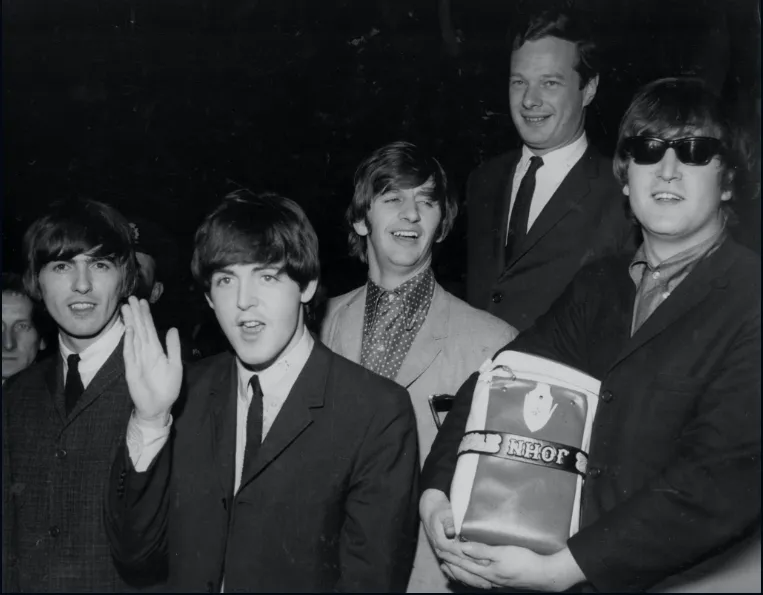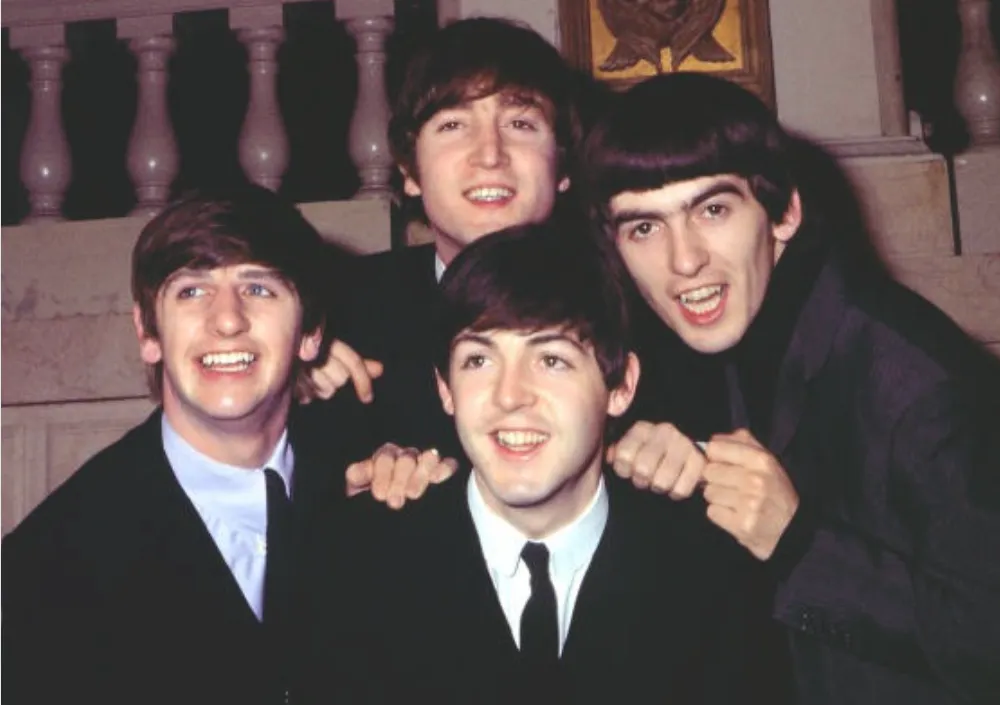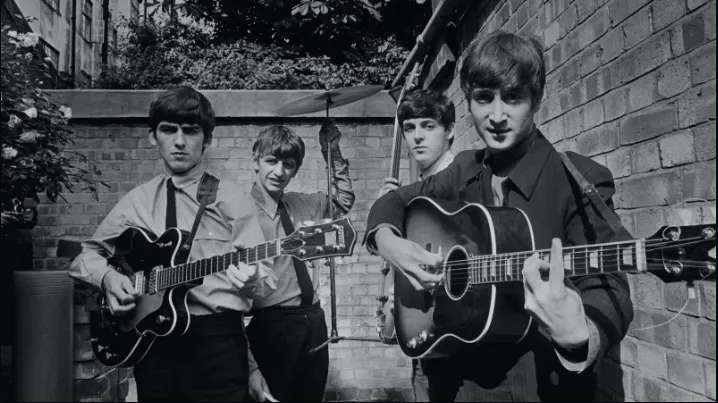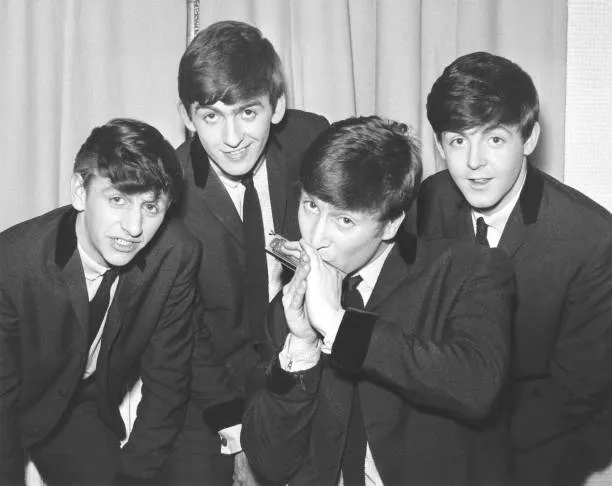The story of The Beatles has been chronicled and celebrated many times; their rise to fame is the stuff of legends.
However, it was the crucial year of 1962 that truly set the stage for their meteoric ascent to global superstardom.
This was the year that saw seismic shifts in their lineup, management, and musical direction. For The Beatles, 1962 was nothing short of transformative.
As The Beatles’ journey in 1962 unfolded, their unique blend of charisma, talent, and sheer determination began to coalesce into something truly special.
The Hamburg Connection: The Early Testing Grounds

It’s impossible to discuss The Beatles' formative years without acknowledging their time in Hamburg, Germany.
By the end of 1961, The Beatles had already made several trips to Hamburg, honing their craft with long sets in gritty nightclubs such as the Indra Club and the Kaiserkeller. These grueling hours on stage were instrumental in shaping their sound and performance skills.
As 1962 dawned, The Beatles returned to Hamburg for another stint at the Star-Club. The rigorous routine and demanding audiences compelled the band to refine their act, integrating diverse influences from rock 'n' roll to rhythm and blues.
This period cemented the lineup featuring John Lennon, Paul McCartney, George Harrison, and Pete Best on drums. However, the winds of change were about to blow through the band’s ranks.
The Arrival of Brian Epstein: A Transformative Manager
One of the most critical events of 'The Beatles 1962' was the arrival of Brian Epstein, a Liverpool record shop owner who recognized the band's potential after seeing them perform at the Cavern Club.
Epstein offered his services as a manager, and despite initial hesitations, The Beatles agreed. Epstein’s polished vision stood in stark contrast to the rough-and-ready image the band had cultivated in Hamburg and Liverpool.
Epstein began making significant changes, including refining the band's stage image by encouraging them to abandon their leather jackets in favor of tailored suits.
More than just an image overhaul, Epstein’s managerial skills provided the professional structure the band desperately needed.
He secured more respectable gigs, notably a lunchtime performance at Liverpool’s Cavern Club, which became their home turf.
Goodbye Pete Best, Hello Ringo Starr

As The Beatles’ momentum grew, it became apparent that changes were necessary to propel them to the next level. While Pete Best's drumming had been adequate during their time in Hamburg, producer George Martin voiced concerns about his competency in the recording studio.
Epstein and the band faced a difficult decision, ultimately deciding to replace Best with Richard Starkey, better known as Ringo Starr, who had previously played with Rory Storm and the Hurricanes.
Ringo’s first official performance as a Beatle was on August 18, 1962, at the Hulme Hall in Birkenhead.
His inclusion not only solidified the band’s line-up but also brought a new rhythm and camaraderie that would become the foundation of their future success. With Ringo on board, the iconic Fab Four configuration was finally complete.
Love Me Do: The Beginning of a Studio Legacy
Another seminal moment of 'The Beatles 1962' was their first recording session at EMI Studios on June 6, where they met producer George Martin.
Although the session was more of an audition, it led to the recording contract that they had long sought. Martin's initial skepticism about their originality quickly turned into admiration for their potential and charisma.
Their debut single, "Love Me Do," was recorded on September 4, with Ringo on drums. However, Martin wasn't completely satisfied with the result and decided to have session drummer Andy White play on a subsequent recording of the track.
Ringo was relegated to playing tambourine and maracas for this version. Despite the adjustments, "Love Me Do" encapsulated the band’s raw charm and energy. Released on October 5, 1962, the single reached number seventeen on the UK Singles Chart, setting the stage for larger successes.
From Liverpool to London: Broadening Horizons

Under Epstein's management, the band began to perform beyond Liverpool, including a tour of Scotland with Johnny Gentle.
The move to perform in London and other cities was strategic, broadening their exposure and helping to build a fanbase across the UK. Their performances were characterized by high-energy sets that thrilled audiences and showcased their ever-improving musical prowess.
Meeting George Martin: The Catalyst of Change
George Martin’s role in shaping the Beatles’ sound cannot be overstated. Often referred to as “The Fifth Beatle,” he possessed a keen ear for arrangement and an openness to innovation.
When The Beatles first auditioned for Martin at EMI’s Abbey Road Studios, he was unimpressed with their technical skills but struck by their charisma and chemistry.
Martin’s decision to sign The Beatles was a leap of faith that paid off in spades. Under his guidance, the band began exploring more complex musical structures and experimenting with recording techniques.
His influence was a crucial factor in their transition from a promising local band to international superstars.
“The Beatles’ 1962” in Popular Culture: Cementing Their Legacy
1962 was not just a pivotal year for The Beatles; it was a watershed moment that would reverberate through popular culture for decades to come.
As the year drew to a close, the band had laid the groundwork for their unprecedented rise. Their sound was beginning to mature, and their live performances were drawing larger, more enthusiastic crowds.
Their appearance at the NME Poll Winners’ Concert later that year began to draw media attention, signaling their arrival on the national stage.
This period also saw the beginnings of "Beatlemania," a cultural phenomenon that would soon engulf the entire world. Music historians often point to 1962 as the year when The Beatles transitioned from promising artists to potential legends.
The Beatles 1962: Reflections and Legacy

Looking back, it’s evident that 1962 was the crucible in which The Beatles forged their identity.
The challenges they faced, the strategic decisions they made, and the creative strides they took all coalesced into the solid foundation upon which their legendary career was built.
Brian Epstein's business acumen, George Martin's innovative production techniques, and Ringo Starr’s rhythmic solidity were the perfect complements to the already prodigious talents of John Lennon, Paul McCartney, and George Harrison.
The events of 1962 set into motion the quixotic journey that would see The Beatles redefine popular music for generations to come. It was a year of immense change, promise, and progress—a year that transformed four young men from Liverpool into icons whose influence continues to be felt around the globe.
Celebrating A Transformative Year
The Beatles’ journey in 1962 was a rich tapestry of pivotal moments and transformative changes. From their formative experiences in Hamburg to their significant managerial and lineup shifts, each event was a step toward stardom.
With the release of "Love Me Do," the Fab Four began their ascent to fame, a trajectory that would see them become one of the most influential musical acts of all time.
The Beatles in 1962 were more than just a band; they were the beginning of a revolution that would echo through the ages.



